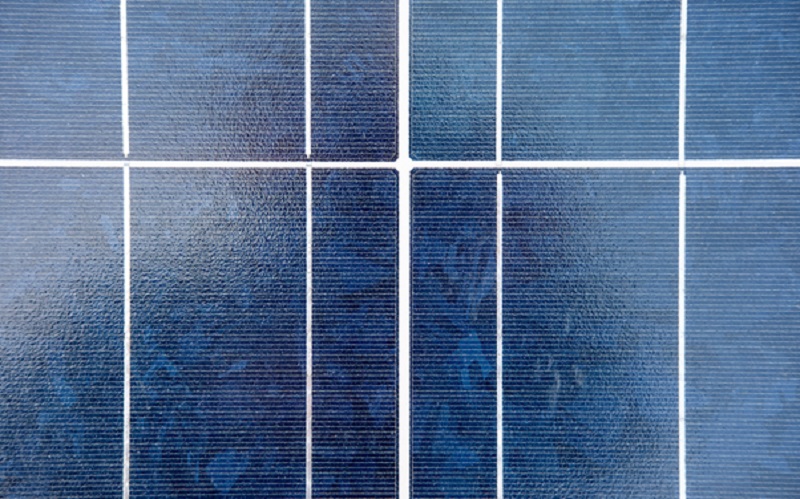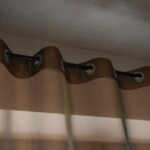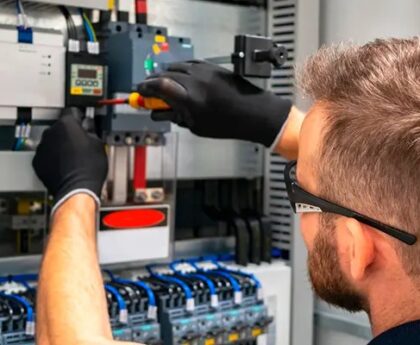Singapore’s increasing commitment to renewable energy has made solar technology more accessible and efficient than ever before. With more homeowners considering solar installations, a common question arises: What type of roof is best suited for harnessing the sun’s energy? The answer is not one-size-fits-all, as factors like roof material, pitch, orientation and structure play a crucial role. For many, the journey to sustainable living begins with understanding how the roof supports this transformation, especially when installing solutions like solar power roof tiles.
Understanding Roof Suitability For Solar Panels
Roofs are not just a structural covering but the foundational platform for solar energy systems. The ideal roof offers sufficient surface area, proper orientation to the sun, and is built with materials compatible with mounting systems. In Singapore’s hot and humid climate, durability and heat resistance are also important considerations when choosing roofing materials for solar use.
Tile, metal, and asphalt shingle roofs are the most commonly evaluated when it comes to solar installations. However, not all roof types offer the same efficiency or ease during the solar panel mounting process. The cost and effectiveness of a system can greatly vary depending on the roof’s material and structure.
Best Roof Shapes And Slopes For Solar Panels
One of the first aspects to consider is the shape and pitch of the roof. A south-facing roof (in the northern hemisphere) is typically considered optimal for solar panels. In Singapore, roofs with a tilt between 10 to 30 degrees offer maximum exposure to sunlight throughout the day.
Flat roofs are also common across HDBs and commercial buildings, but they often require additional mounting frames to adjust the tilt of the panels. While this might involve additional cost, it doesn’t reduce solar potential if done correctly. On the other hand, overly steep roofs may present installation challenges and require customised solutions.
Popular Roof Materials And Their Solar Compatibility
Different roofing materials offer varying levels of compatibility when it comes to installing a solar panel roof system. Here is a breakdown of the most popular types:
Metal roofs, particularly standing seam variants, are among the easiest for solar panel mounting. The seams allow for direct attachment without drilling holes, making installation faster and less intrusive.
Clay or concrete tile roofs, often seen in landed properties, are also a good option. However, they may require more complex mounting systems to avoid cracking or displacement. In these cases, some tiles might be temporarily removed and replaced with brackets specifically made for solar support.
Asphalt shingle roofs are not as common in Singapore but are widely used in other regions. They provide decent support for solar panels, but may require roof replacement within the solar panel’s lifespan.
Flat concrete roofs are durable and suitable for mounting systems that allow for tilt adjustment. Though not naturally inclined, they offer ample space and long-term strength.
The Rise Of Solar Power Roof Tiles
An emerging trend in the solar industry is the use of solar power roof tiles. Unlike traditional panels that are mounted on top of an existing roof, these tiles are designed to integrate directly into the roofing structure itself. This not only enhances the aesthetic appeal but also reduces the need for separate mounting systems.
Solar power roof tiles function as both a roof covering and an energy-generating unit. This makes them particularly appealing for homeowners undergoing new constructions or major renovations. In Singapore’s premium landed properties and eco-conscious housing projects, these tiles offer a futuristic and space-efficient option that aligns form with function.
Structural Integrity And Load Considerations
Before installing any solar system, it’s crucial to assess whether your roof can bear the additional weight. A standard solar panel system can add up to 20kg per square metre. In most cases, landed homes and low-rise buildings in Singapore are structurally sound for such loads. However, older structures may require reinforcement or assessment by a professional engineer to ensure long-term safety.
This is especially true for heavy systems such as solar power roof tiles, which integrate permanently into the roof. Choosing the right type of material and ensuring proper structural support is essential for both performance and durability.
ALSO READ: Comprehensive Guide to Solar Panels for Apartment Buildings
Long-Term Maintenance And Accessibility
Another factor worth considering is how the chosen roof type will impact future maintenance. Metal and flat roofs offer easier access for inspection and cleaning. Tiled roofs, though durable, may pose accessibility issues due to their uneven surfaces.
Since solar systems generally require low maintenance, the emphasis should be on easy accessibility to the roof in case servicing is needed. Roofs that allow quick access without compromising safety will save time and cost in the long run.
Cost Implications And Lifespan
Roof material doesn’t just affect performance—it directly influences installation cost. Metal roofs are generally cost-effective due to the ease of mounting, while tile roofs may incur higher labour costs. Solar panel roof systems are expected to last around 25 to 30 years, so pairing them with a durable roof that has a similar lifespan is recommended.
If your roof is nearing the end of its useful life, it’s advisable to replace it before installing a solar system. This prevents the need to dismantle and reinstall the solar array shortly.
Advantages Of A Well-Chosen Roof
Selecting the best roof for solar installation ensures better energy output, lower maintenance, and maximised return on investment. Compatibility between roofing material and solar system components is crucial to harnessing solar energy efficiently and safely.
For Singapore homeowners, investing in the right roofing type is as vital as choosing the solar technology itself. Whether opting for traditional panels or integrated systems, roof planning should never be an afterthought.
Where To Use A Solar Panel Roof In Singapore
The solar panel roof is particularly beneficial for residential properties with consistent sun exposure and ample roof space. In landed estates or private housing developments, installing a dedicated solar system can significantly offset electricity bills and improve property value. Singapore’s government has also rolled out various incentives and grant schemes under the SolarNova programme, making installation more financially viable for households and commercial properties alike.
Conclusion
Choosing the right type of roof for solar panels involves evaluating multiple elements—from shape and pitch to material and load capacity. While traditional metal and tile roofs remain reliable options, innovations like solar power roof tiles are setting new standards for integrated and aesthetic solutions. As the shift to clean energy accelerates in Singapore, taking the time to understand your roof’s potential is key to a successful installation.
For guidance on solar panel installation or roof compatibility, contact LHN Energy today to get tailored advice for your home.





